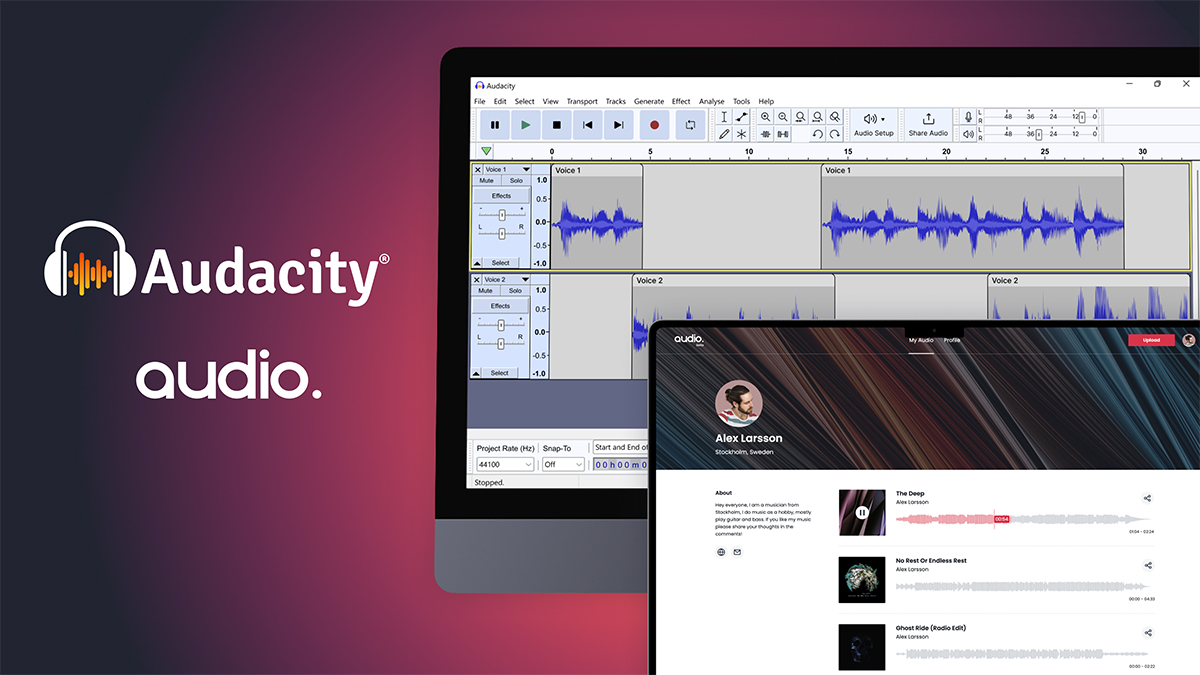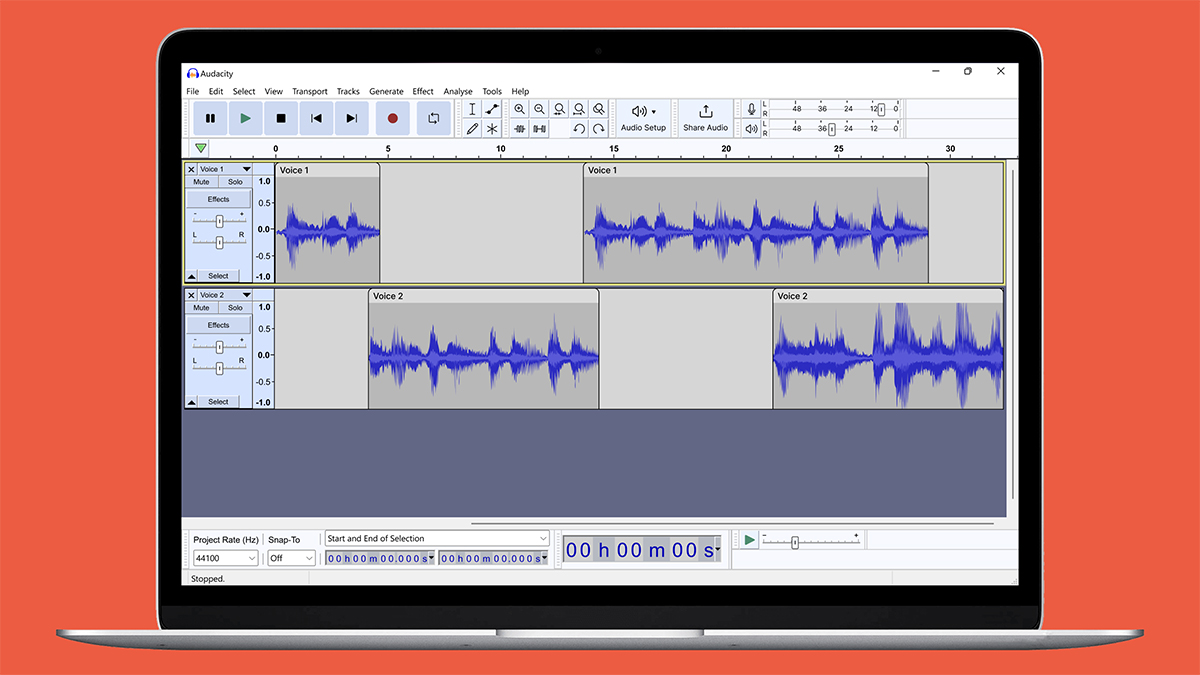Audacity 3.2 turns the powerful digital audio editor into an end-to-end production tool, and you can now share your content directly to Audio.com
Proudly free open-source software gets significant improvements

Proudly free and open-source, Audacity has been the go-to powerful digital audio editor and recorder for as long as we can remember. In fact, for many people, it was the first piece of music software they ever downloaded.
Great though Audacity is - it’s deservedly one of the most popular open-source software apps around - in the past, users have had to look elsewhere for certain key features, but with the release of version 3.2, that’s all set to change.
This adds some significant improvements that take Audacity beyond being an easy-to-use multitrack editor and recorder and into the realm of end-to-end audio production tool. These include real-time effects support, non-destructive editing, VST3 plugin support and interface improvements.
What’s more, there’s now quick audio sharing through Audacity owner Muse Group’s newest product, Audio.com.
So what’s new?
The real-time effects support is a big deal for Audacity; it means that effects and crossfades can be adjusted in realtime, just like in your DAW. So, you can hear what effect your tweaks are having as you’re making them, speeding up the workflow and enabling you to be much more precise.
Non-destructive editing, meanwhile, means that any changes and edits you make are no longer written straight into the audio file, so if you change your mind, you can go back to what you had before. Clips can be moved around, deleted, trimmed and retrieved at will.
This feature was actually introduced in Audacity 3.1, but with real-time, stackable effects now part of the package, you can now use it to its full potential. Whether you want to record and edit a podcast or carry out more complex audio tasks on larger projects, Audacity has you covered.
Freshly-minted VST3 support means that the range of effects you can access has been increased, too. VST3 features a rewritten code base that not only offers new features, but also makes your plugins more reliable, so it’s a win-win.

Audacity 3.2 also includes various interface improvements designed to speed up your workflow. You’ll find a clearer and more consistent set of visuals in the software’s top bar, while the output audio bar and volume slider have been combined for increased efficiency. The microphone output bar and volume slider have also been combined for the same reason.
Oh, and there’s a new Audio Setup option that enables you to quickly make changes to input, mic and output settings.
Last but not least, users can now export files to Audio.com, Muse Group’s brand-new audio sharing service. Simply select the ‘Share Audio’ option in Audacity and you can set up a free account. Not only can you save your projects, but you can also share them, publicly or privately. In the latter case, this is done simply by sending a link to the intended recipient.

Audio.com enables users to create their own catalogue of original audio and present it on a personal profile complete with a biography and links to social profiles. While Audacity users can share audio directly to Audio.com - an exclusive feature that makes this the perfect place for them to upload their content - users of any software can also upload files to the service, giving them a slick cloud storage and audio sharing option.
This is just the start, too - Muse Group will continue to develop and update Audio.com based on user feedback, and it’s also looking at potential earning opportunities for content creators. Watch this space.
Already, though, Audacity and Audio.com make for a compelling, ever-evolving, proudly free and open-source partnership. The significant improvements made in Audacity 3.2 take it another step closer to being a complete end-to-end audio tool, and Audio.com gives you total file-sharing flexibility.
Find out more on the Muse Group website.
Want all the hottest music and gear news, reviews, deals, features and more, direct to your inbox? Sign up here.